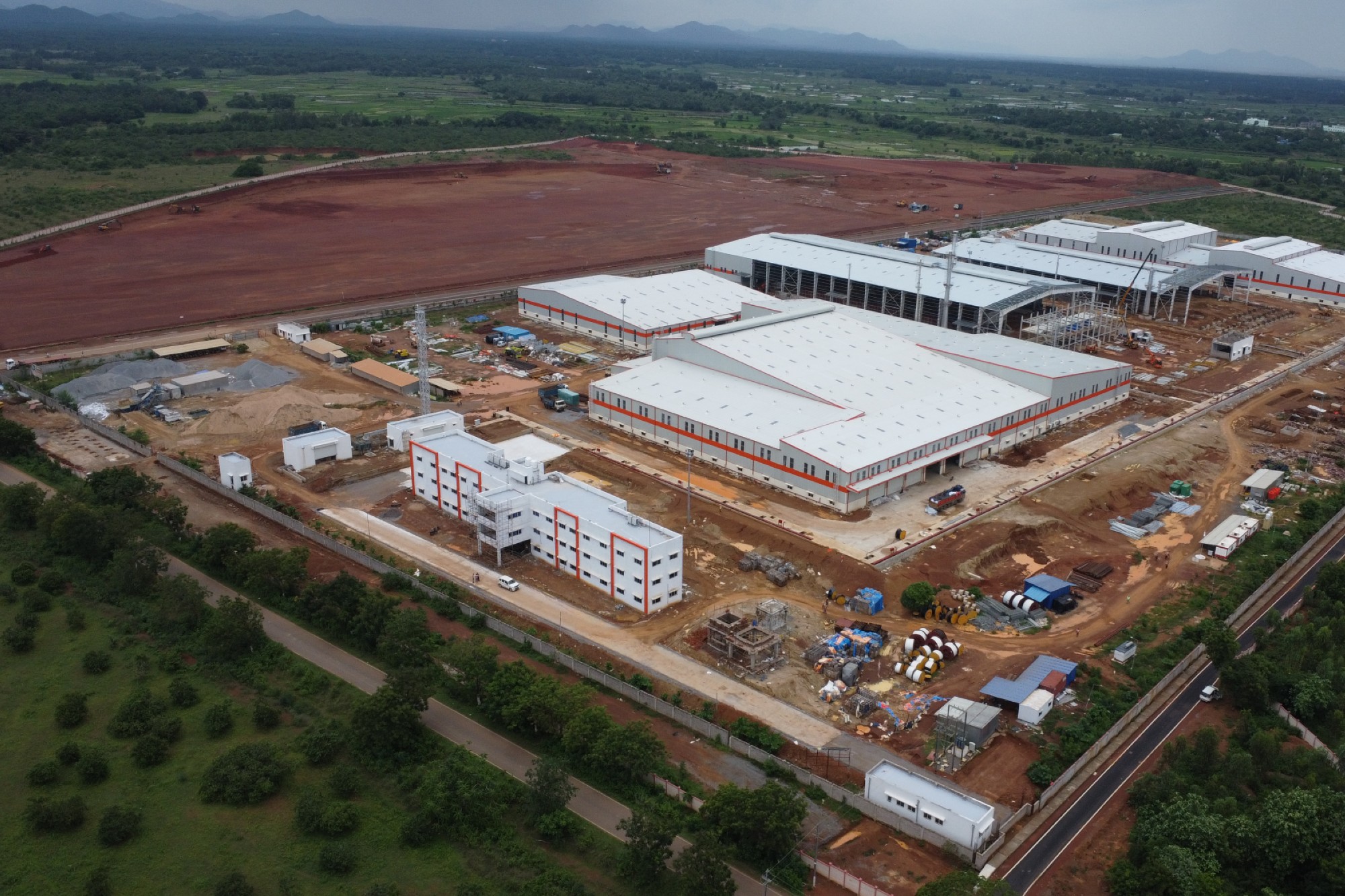Oil price surge – impact on the Indian macro-economy
By admin June 22, 2011 5:55 am IST
“The impact of oil price increase on the Indian macro economy is huge. Every US$10, a barrel increase in full-year average crude oil prices results in an increase in current account deficit by around 0.4 per cent of GDP”, opines Saravana Kumar, chief investment officer at Tata AIG Life
The last six months have witnessed a sharp spike in the crude oil prices as the Brent crude breached US$120, rising over 45 per cent during the period. The recent surge in crude prices has been driven by supply disruptions in North Africa as well as the ongoing global recovery led by the emerging markets. Even as the world oil demand has grown in the last 20 years at around 1 per cent per annum, the oil demand in China and India has clocked on an average around 6 per cent and 5 per cent per annum growth respectively. India is the fourth largest consumer of oil accounting for around 4 per cent of the world consumption.
As the demand for oil keeps growing in line with the global growth, the long term moderation in oil prices could be due to the fact that global GDP is increasingly becoming less energy intensive (measured by primary oil consumption per unit of GDP). Each US$ 1,000 of global GDP requires just a third of oil equivalent of energy now as compared to the same amount of GDP output 30 years ago. The reduction in energy intensity over the last three decades is due to energy efficiency gains in manufacturing and the rising share of services sector in the global GDP.Unlike the sharp falls in oil intensity seen in many developed economies and large emerging markets like China and Brazil, India has managed to register a modest decline in oil intensity. As a result, higher oil prices will have a larger impact on India’s GDP growth trajectory.
India imports about 85 per cent of its crude oil and petroleum products requirement, the net oil imports making up around 20 per cent of the import bill. This predominance of oil in Indian import basket is more than those of the ASEAN countries, all of whom, unlike India, have a positive current account and can absorb the oil price spike better.
Currently, coal meets more than half of India’s energy needs, oil accounts for around 32 per cent, while natural gas, lignite and hydro power make up the balance.
Some peculiarities in the Indian oil market are hefty sales tax and excise duty levied on petrol and diesel, making up almost half and one-third of the retail price respectively. These taxes support the budget as well as help in cross-subsidizing LPG and kerosene. The oil and gas industry contributes a whopping US$ 40 billion to the government’s exchequer and any rationalization of taxes and excise, would have serious financial repercussions to the government’s finances.
The impact of oil price increase on the Indian macro economy is huge. Every US$10, a barrel increase in full-year average crude oil prices results in an increase in current account deficit by around 0.4 per cent of GDP. If the entire increase in oil prices is passed on to consumers, headline WPI inflation will rise by about 0.9 per cent as a direct impact and increase by a similar amount due to indirect impact. The trajectory of headline inflation is a key variable which influences RBI’s monetary policy and its policy rate decisions. Even a marginal pass through of oil price increase to the consumer will keep the WPI inflation at elevated levels, offsetting the positive effects of moderating food inflation and result in the continuation in the rate hikes.
If there is no substantial pass through of higher oil prices to the end consumer, then the fiscal deficit in FY 2012 could rise to more than 5.5 per cent of the GDP as against the budgeted 4.6 per cent, at average US$ 105/barrel of crude. The FY 2012 oil subsidy bill will spiral up, as the budgetary provision was pegged at a modest Rs. 23, 640 crore (approx. US$ 5.4 billion). The government’s share of the oil subsidy burden could well be thrice the budgeted number, leading to a surge in the government borrowings in the second half of FY 2012. This would inevitably harden the yields on the 10 year government security and raise the borrowing costs for corporate India due to crowding out effects.
Cookie Consent
We use cookies to personalize your experience. By continuing to visit this website you agree to our Terms & Conditions, Privacy Policy and Cookie Policy.














